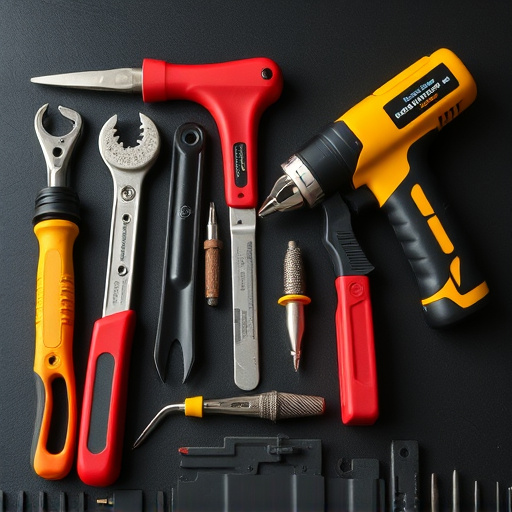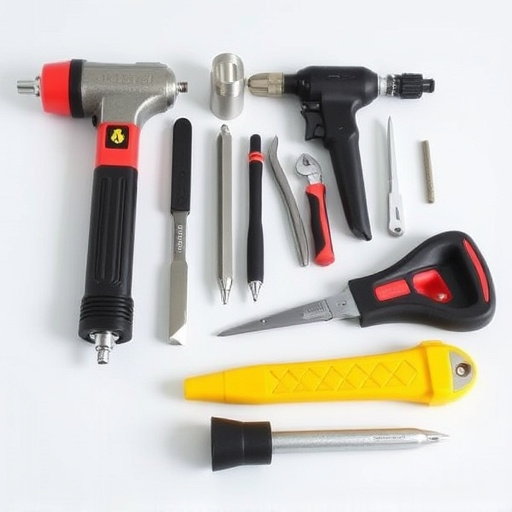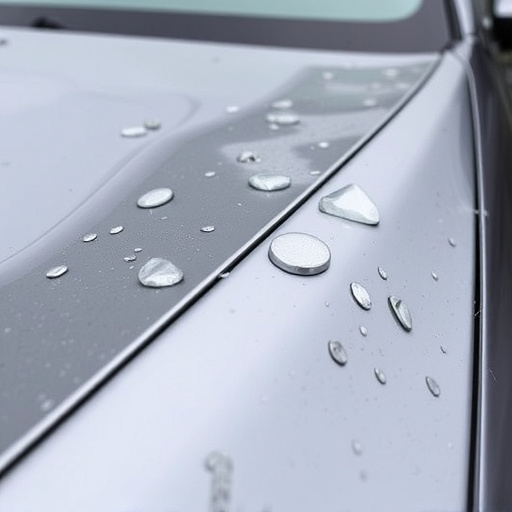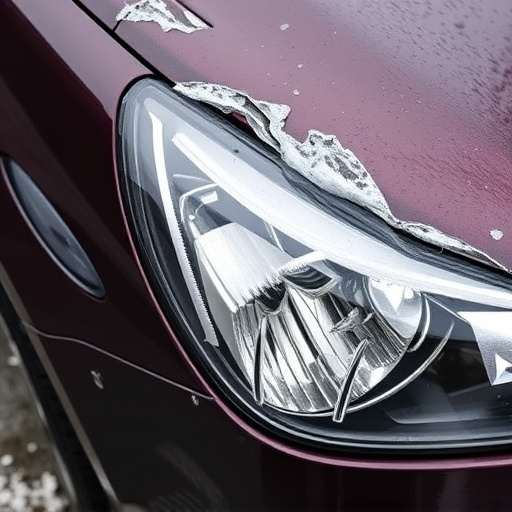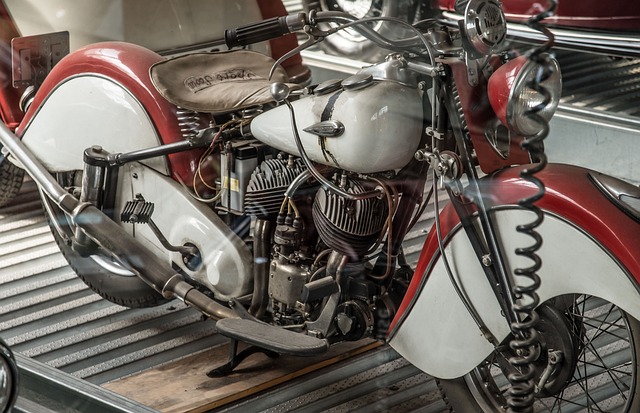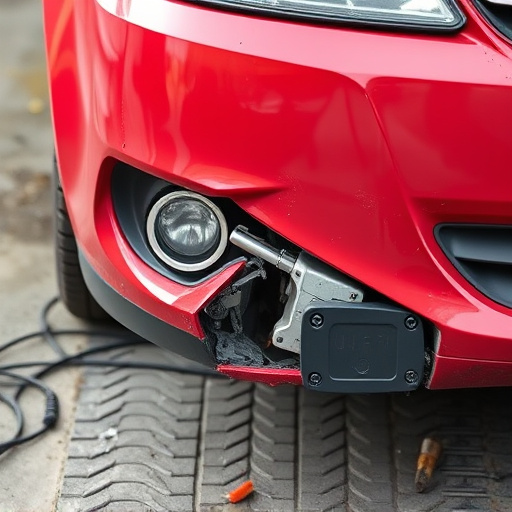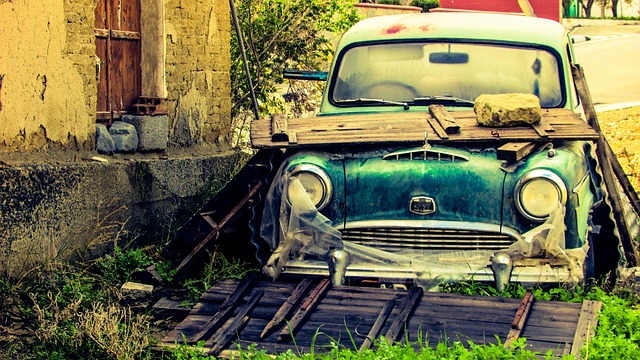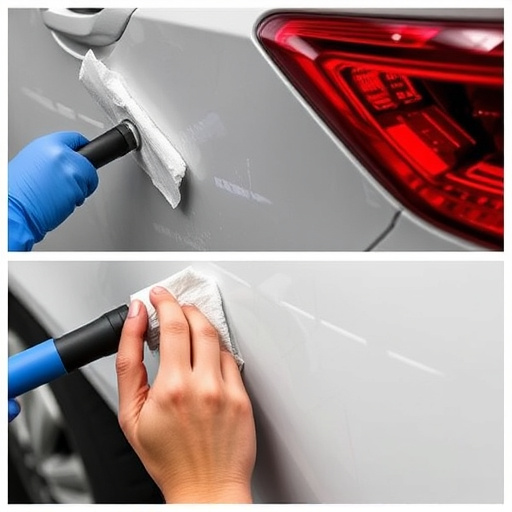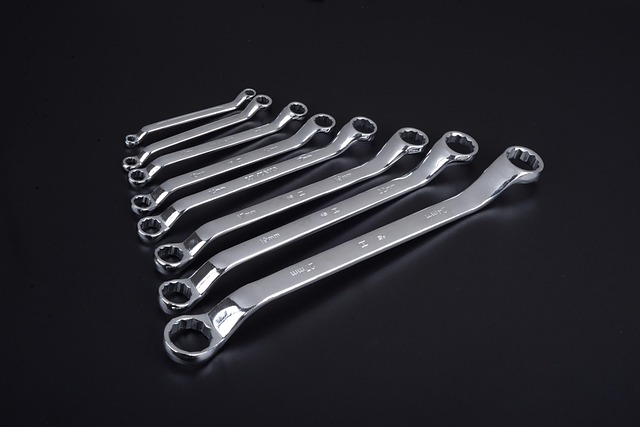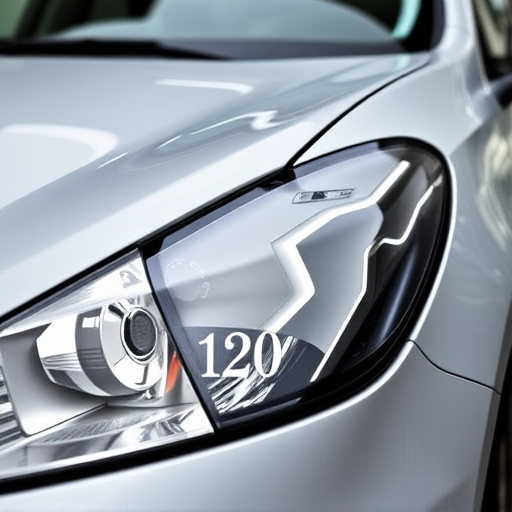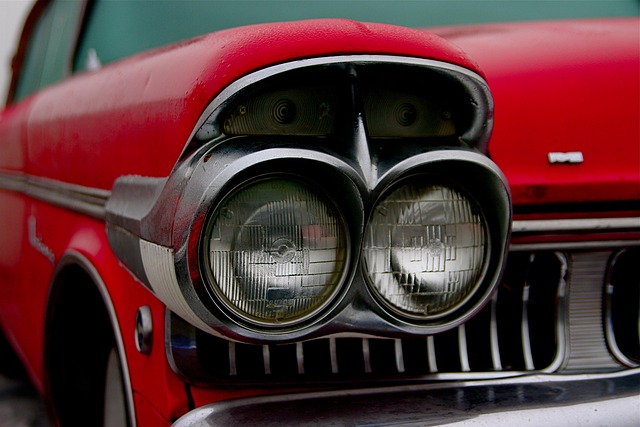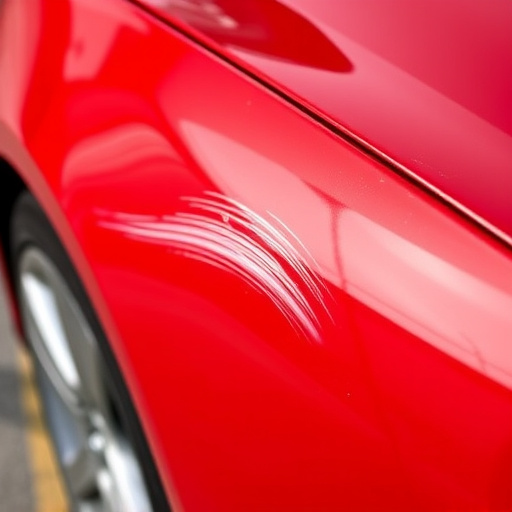Suspension systems are critical for vehicle safety, absorbing impact energy during accidents. Despite modern designs' durability, collisions can cause damage, from bent components to complete failure, leading to costly repairs. Even minor accidents may conceal hidden suspension issues. Reputable car repair services specializing in both body and suspension work are vital for assessing and addressing these complex systems post-accident, ensuring vehicle safety and drivability. Targeted suspension repair after an accident, like paintless dent repair, can restore damaged components without replacing the entire system, saving money and maintaining original performance. Consulting professionals before opting for replacement is key to making informed decisions about effective suspension repair options.
Not all car accidents lead to damaged suspensions—surprisingly, a well-designed system can withstand significant force. This article explores the critical role of suspension systems in vehicle safety and debunks the myth that every crash necessitates suspension repair. We delve into common types of suspension damage and provide insights on when it’s truly necessary to address suspension repairs after an accident, empowering drivers with knowledge for informed decisions.
- Understanding Suspension Systems and Their Role in Vehicle Safety
- Common Types of Damage to Suspension in Car Accidents
- The Reality of Suspension Repair After an Accident: When is it Necessary?
Understanding Suspension Systems and Their Role in Vehicle Safety

Suspension systems are a critical component of any vehicle’s structure, playing a pivotal role in both handling and safety. These intricate networks of springs, shocks, struts, and control arms work together to absorb and distribute the energy from impacts, ensuring a smooth ride and enhancing driver control. In car accidents, especially high-speed collisions, the suspension is often one of the first lines of defense, protecting passengers from direct contact with the road or other vehicles.
While modern suspension designs are engineered for both durability and safety, they aren’t invincible. During a collision, even minor ones, the force can cause components to bend, crack, or completely fail, leading to costly suspension repair after accident. Factors like the angle and severity of impact, as well as the type of vehicle, all influence the extent of damage. Recognizing that car bodywork often sustains visible damage first, it’s crucial not to overlook potential suspension issues just because the exterior appears relatively unscathed. Reputable car repair services specializing in both bodywork and suspension repairs are equipped to assess and address these complex systems, ensuring your vehicle is safe and driveable following an accident.
Common Types of Damage to Suspension in Car Accidents

In car accidents, the suspension—a critical system that connects your vehicle’s wheels to its chassis—is often overlooked when assessing damage. Common types of suspension damage include bent or broken control arms, damaged strut towers, and fractured or compressed springs. These issues can arise from impacts, collisions, or sudden stops, leading to a rough ride or even loss of control over the vehicle.
While severe accidents may necessitate comprehensive auto frame repair and collision repair shop services, less intense incidents could result in more targeted suspension repair after accident. Techniques like paintless dent repair offer a cost-effective solution for minor dents and dings that might not affect the structural integrity but can significantly impact driving comfort and safety.
The Reality of Suspension Repair After an Accident: When is it Necessary?

After a car accident, many drivers assume that their vehicle’s suspension is automatically damaged and requires complete replacement. However, this isn’t always the case. The reality is that suspension repair after an accident can be necessary or even unnecessary, depending on several factors. It’s crucial to understand that not every collision results in comprehensive suspension damage; some components might be intact while others are affected.
In many instances, a car body shop or auto collision center can perform expert repairs on the suspension system rather than replacing it entirely. Even if there is visible damage, an experienced technician can assess whether individual parts can be restored through specialized car body restoration techniques. This not only saves costs but also ensures that your vehicle retains its original performance and handling characteristics. Therefore, before considering a complete suspension replacement, consult with professionals who specialize in these repairs to make an informed decision.
Not all suspensions are damaged in car accidents, and the need for suspension repair after an incident depends on various factors. While severe collisions can indeed cause significant harm to this critical vehicle component, minor bumps and fender benders may only result in temporary issues or no damage at all. Understanding the different types of suspension damage and knowing when a repair is necessary can help drivers make informed decisions regarding their vehicle’s safety and maintenance. In many cases, proper alignment and adjustments after an accident can restore the suspension to its optimal state, ensuring a safe and smooth ride without the need for extensive suspension repair.
